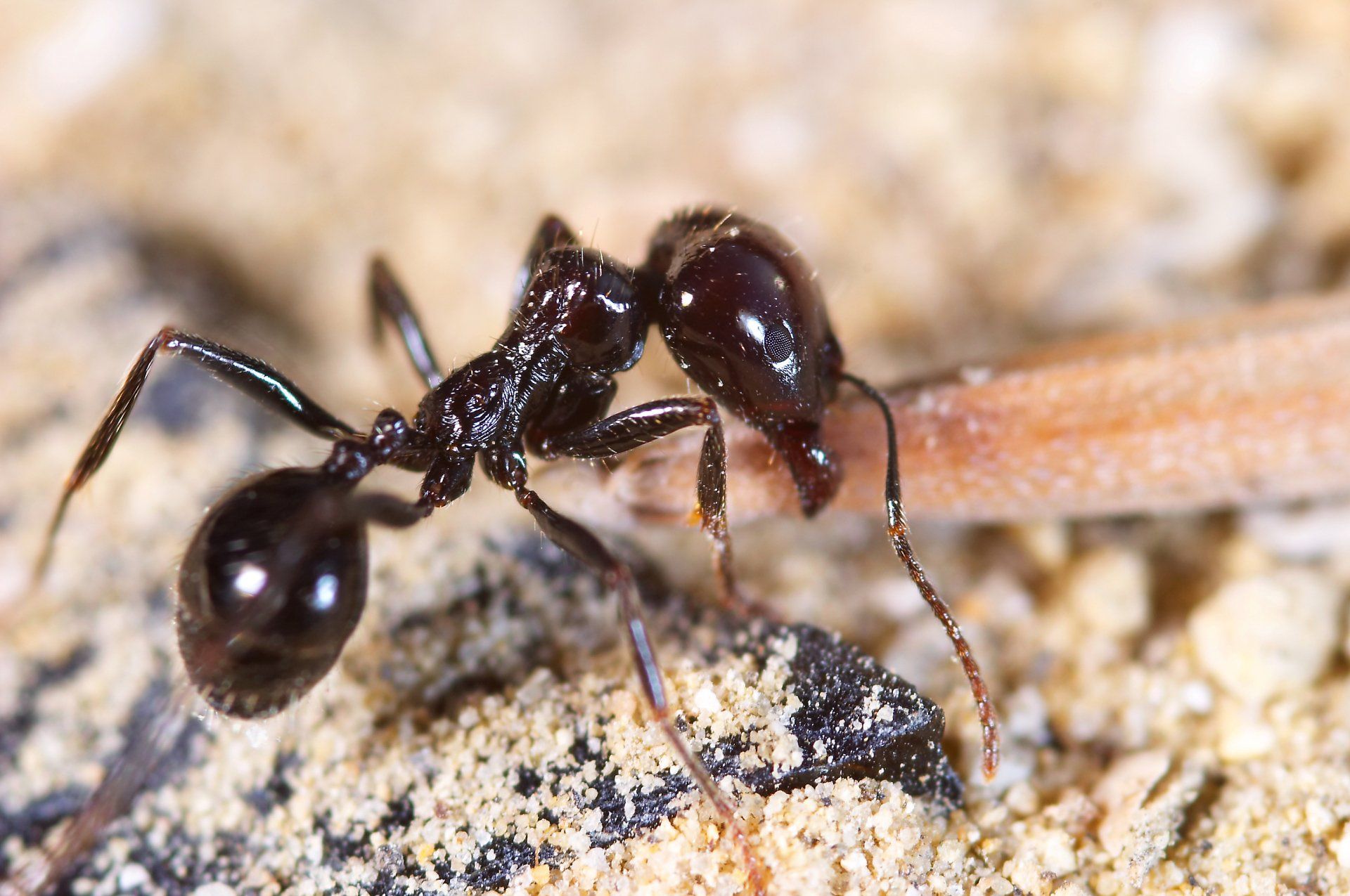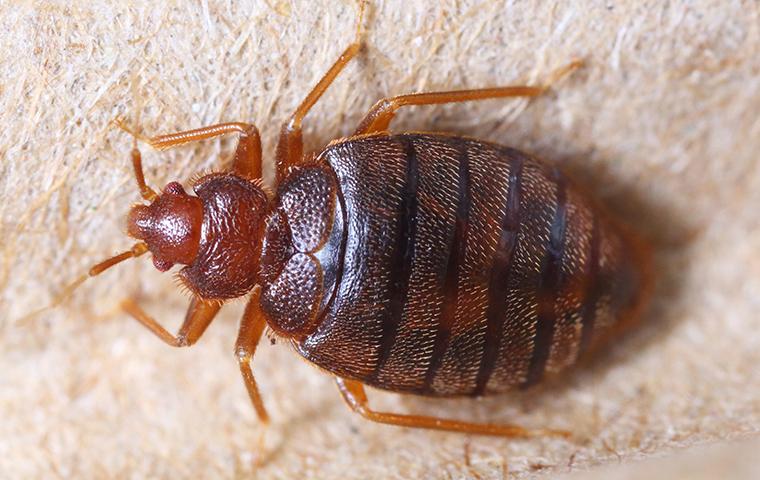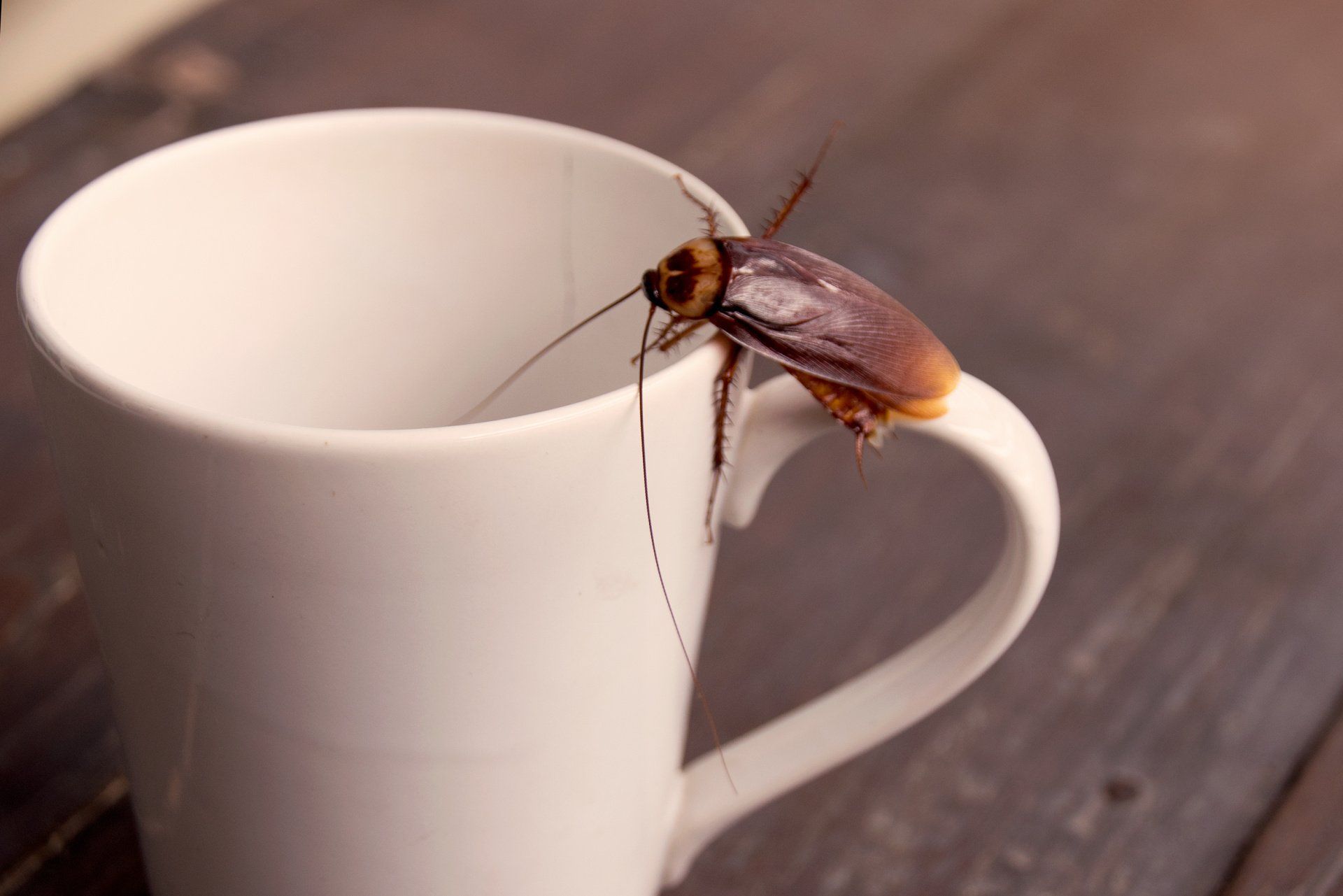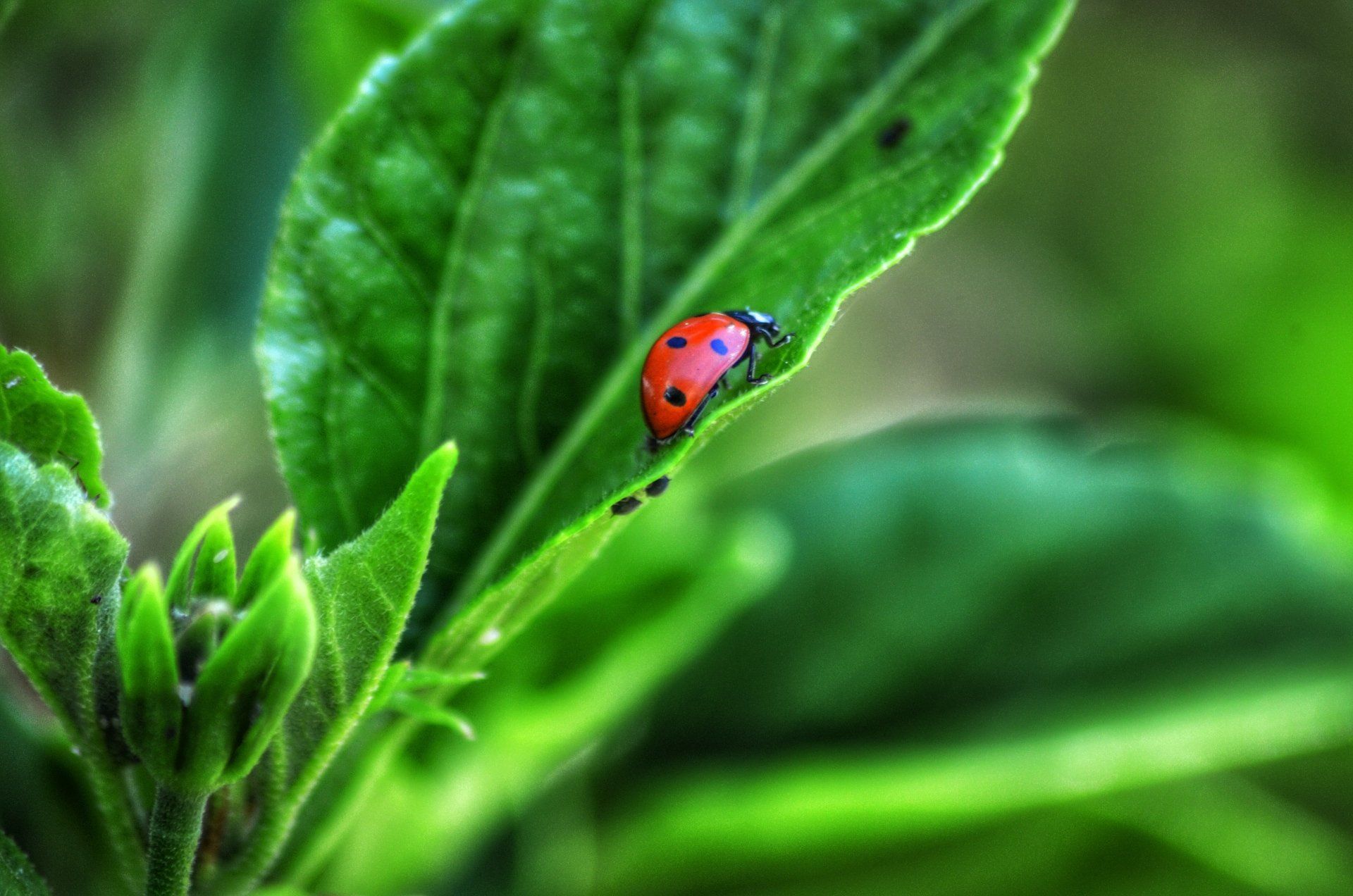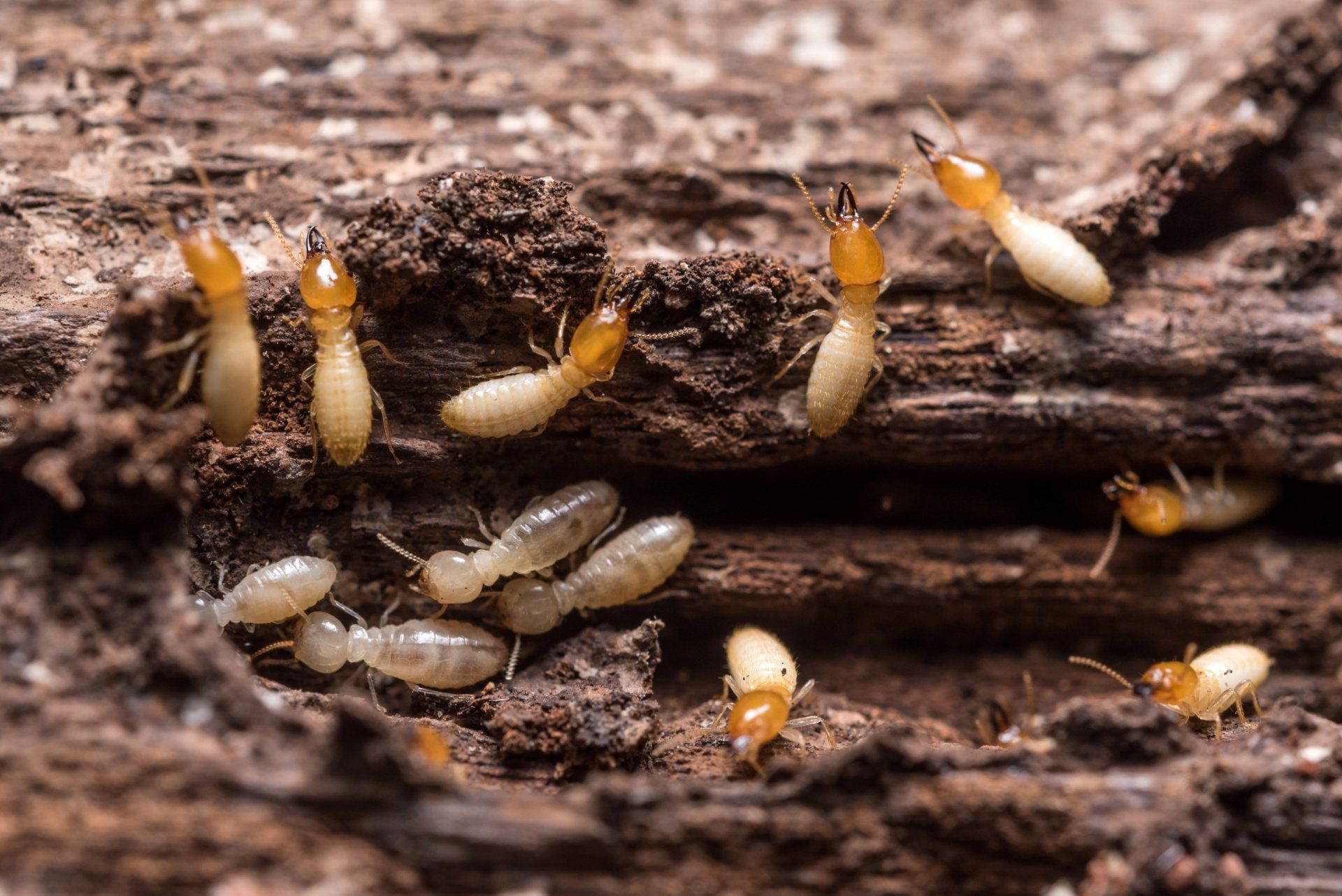Free Pest Control Tips & Advice | Conquer Pests with Pelican Resource Center
Ants
Social insects that live both indoors or out, ants are one of the most common and difficult pests to control. Ants march across our lawns, driveways, and sidewalks and into our kitchens, basements, and bathrooms. They move inside while searching for food or to retreat from extreme weather conditions. Ants work together to perform strenuous tasks, such as carrying food, pieces of wood, or other debris that are several times their body weight over a long distance. A nest contains one or many queens, which are responsible for laying eggs to expand the colony. Worker ants (sterile females) care for the eggs, maintain the nest, and forage for food. Male ants are responsible for the single act of mating with the queens.
Of the one thousand species of ants living across the United States, the most common species living in our area are carpenter ants, odorous house ants, fire ants, and acrobat ants. Ants are a nuisance to deal with because they contaminate food, food prep areas, and other surfaces with bacteria. Also, their presence in and around your home is annoying. But, some ants are more than a nuisance; they can create serious health risks with their bites, stings, and ability to cause structural damage (carpenter ants). Knowing which species of ant has invaded your property is essential so that the proper treatment measures can be applied so that a re-infestation does not occur. The best solution for an ant problem is a solution that is provided by a qualified pest professional.
Ant prevention tips: Many species of ants are highly attracted to water and moisture. Ants will take advantage of properties with leaky faucets, dripping pipes, clogged gutters, and standing water. Ants, like most pests, also love an indoor or outdoor space that provides them with easy access to food like open trash cans, pet food, gardens, dirty dishes, and food left out on counters. Keep trails of foraging ants out of your home by sealing openings in the foundation and exterior walls, install door sweeps, repair damaged roof tiles, and place covers over vents, drains, and other options.
Bed Bugs
In the late 1990s, blood-feeding bed bugs made a resurgence and began to impact people at an alarming rate. Today, bed bugs are still major pests that invades our homes in large numbers to feed on our blood as we sleep. The reason they have become such a problem is mainly due to their preferred mode of transportation: hitchhiking. As we travel across streets, towns, cities, and countries, so do bed bugs, on us and on our belongings. We introduce them into our homes and public places like hotels, airports, shopping centers, libraries, and movie theaters daily. Bed bugs are indoor pests, and our temperature-controlled structures allow them to remain active throughout the year.
Adults bed bugs are the shape of an apple seed. They are brownish-red, and have six legs or wings. They use a proboscis, – an elongated mouthpart – to feed. Blood is their single source of food, and their favorite host are humans. If we aren't available, however, they will dine on our pets or other animals they come across. In addition to spotting bed bugs in your home, other signs of an infestation include drops of blood or dark streaks of excrement on bedding, mattresses, and upholstered furniture, a sweet, musty odor developing, or spotting piles of their shed skins. At any sign of bed bugs in your home, immediately call a pest professional for help.
Bed bug prevention tips: Always check any clothing, furniture, mattresses, or box springs for bed bugs before bringing them into your home. If possible, avoid buying used furniture or bedding. When spending time out in public, keep your belongings up off of the ground and away from other people's belongings. If you live in an apartment, install door sweeps and repair cracks around baseboards to help stop bed bugs from moving from unit to unit. Inside your home, regularly vacuum and wash bedding. Keep your home free of as much clutter as possible because bed bugs love to hide in clutter.
cockroaches
Four species of cockroaches invade homes and businesses in our area: the American cockroach, German cockroach, brown-banded cockroach, and Oriental cockroach. These large, oval-shaped insects have learned that our yards, homes, and businesses provide them with the things they need to survive. The problem with cockroaches is, we don't invite them into our lives. They just show up on their own and cause a variety of issues, including contaminating food, spreading disease, and destroying our personal property. Cockroaches do not belong near or in and home or business!
Cockroaches move onto our properties on their own or after being transported in by people or inside things like appliances, used furniture, boxes, and electronics. Cockroaches enter into homes through spaces around electrical wires or pipes, through gaps in walls, and through screens that are loose or torn. Once inside, cockroaches are difficult to eliminate and populations will seemingly explode out of nowhere. These pests are thigmotactic, which means that they can squeeze their bodies into tight spaces. They are also nocturnal, so the combination of being active at night and hiding in dark, tight spaces can make discovering an infestation difficult. If you are spotting cockroaches during the daytime hours, there is a good chance that there is a large infestation present. At the first sign of cockroaches in your home, don't delay calling in a professional.
Cockroach prevention tips: The best way to stop problems with these filthy pests is to increase sanitation practices. Make sure trash is removed from your property regularly, vacuum your floors, wipe down counters, and keep dirty dishes from stacking up. Always store food in the fridge or containers with locking lids, never out in the open on your counters. Cockroaches also love easy access to water and moisture. Repair leaky pipes and fixtures, use dehumidifiers and exhaust fans in kitchens and bathrooms. Keep these pests from wandering into your home by inspecting its exterior walls and foundation and sealing any openings you find. Don't forget to check screens for rips, and to check that your weatherstripping is in good shape.
Mosquitoes
Mosquitoes are biting pests that feed on our blood and leave behind painful, itchy welts. Female mosquitoes require blood meals to complete the breeding cycle and create healthy eggs and are the ones that attack and bite us. Both male and female mosquitoes feed on plant nectar – their primary food source – using their proboscis, which is an extended mouthpart. Mosquitoes thrive in warm, humid weather, which is why their numbers are so high during the summer months.
While a mosquito bite, itself, isn't that harmful, the act of feeding is dangerous. Through their saliva, mosquitoes spread many diseases, such as West Nile Virus and encephalitis, that make people very ill. They can also spread diseases to our pets; mosquitoes transmit heartworm disease to dogs and cats: a potentially fatal condition. The biggest reason why disease-spreading mosquitoes are attracted to any property is because of standing water. Female mosquitoes lay their eggs on standing water. Each female lays about 300 eggs at a time, and the eggs develop into adults in a very short time (seven to ten days). Properties near areas of standing water will have large populations of mosquitoes buzzing around. If mosquitoes are making it impossible for you to enjoy your outdoor space, reach out to a professional pest control expert today!
Mosquito prevention tips: As you can imagine, the best way to avoid mosquitoes activity is to remove as much standing water as possible from your property. Fill in low-lying areas, store containers that collect water upside down, keep gutters clear of debris, and shake off any water that collects on the tops of tarps and trash can lids. Keep the grass on your property cut short and remove overgrown vegetation to stop mosquitoes from using them as resting spots. Limit the amount of flowering vegetation planted very close to the outside of your home. To exclude mosquitoes from your house, keep windows and doors closed as much as possible. When spending time outside, it is a good idea to wear mosquito repellent.
Occasional Invaders
Most insects spend their lives outside living, breeding, and feeding. However, there are a group of insects that will occasionally move into our homes, usually to escape weather that has become cold or very dry, but sometimes while looking for food. These insects are referred to as occasional invaders. The good news is, that occasional invaders usually don't pose a threat to people or our property, but they are difficult to avoid and invade in large, hard to control numbers. Some of the most common invaders living in our area are silverfish, Asia lady beetles, and stink bugs.
Occasional invaders live outside in the damp soil in our gardens and the soil that surrounds our foundations. They also hide under fallen trees, landscape ties, and piles of leaves. When the weather outside becomes unsuitable, their proximity to our homes allows them to quickly move inside through spaces they find in the foundation or under exterior doors. Once inside, they travel to damp, dark areas, including basements, crawlspaces, and spaces under sinks. The way to avoid problems with occasional invaders is to prevent them in the first place with the help of a highly trained pest professional.
Occasional invader prevention tips: Leave a barrier between moisture-holding mulch and your foundation. Remove leaf piles, fallen trees, and other debris from your property. Keep these pests from wandering into your home by sealing spaces in the foundation, installing door sweeps, and placing weatherstripping around windows. Occasional invaders often have high moisture needs; reduce moisture levels in your home by using dehumidifiers and air conditioners. Keep clutter in storage areas to a minimum to provide these insects with fewer places to hide.
termites
Termites are wood-eating insects that, out in nature, help to breakdown decaying trees and plant materials. If termites just stayed outside in wooded areas, we would never need to spend another minute worrying about these pests. However, they don't stay out in nature where they're helpful; instead, they invade our homes and yards daily. Termites live together in large colonies made up of eggs, larvae, workers, soldiers, nymphs, and reproductive members. In the spring season, termite swarmers fly from the nest to find a mate and create a new nest and colony. Seeing winged termite flying near your home is a good indicator there's a nest nearby.
As unbelievable as it may seem, soft-bodied, blind worker termites can cause extensive damage to wooden structures located outside of our home and to our home's structural wood. Termites are responsible for creating billions of dollars in damages each year. Subterranean termites and Formosan termites are two of the most common type of termites to invade homes and businesses. Subterranean termites enter into buildings at the ground level, moving through the soil and inside through spaces in the foundation or pieces of wood making wood to soil contact. After moving inside, they attack wooden floor joists and structural beams behind walls. Formosan termites can enter into homes above the ground through carton nests they place on rooftops. Termites are hard to avoid and even harder to keep out of our structures. To prevent a termite infestation in your home, partner with a professional to put into place preventative measures that offer a long-term solution.
Termite prevention tips: Eliminate as many potential food sources for hungry termites as possible by getting rid of decaying or older pieces of wood from your yard. Remove old fencing, rotting wooden play structures, fallen trees, tree stumps, and leaf piles from your property. Termites have high moisture needs, reduce excess moisture around your home by cutting bushes away from its perimeter, leaving a barrier between mulch or soil and the foundation, and making sure gutters are allowing rainwater to flow away from your home. Inside, eliminate excess water by repairing leaky pipes, using dehumidifiers, exhaust fans, and ventilating crawlspaces.
Why Homeowners choose Pelican Pest Control
Free Inspections
Affordable Monthly Plans
All Products EPA Approved
English & Spanish Speaking Staff
See WHAT OUR SATISFIED CUSTOMERS HAVE TO SAY
“Great company to associate with. Their techs and customer service is exceptional and they care about your needs. The service techs are very polite and cordial. They explain what they see during walk arounds and what they intend to do to protect your home.”
Ryan Hutchins
“Pelican was one of three estimates I got. Brett was the only one that offered more than one option to treat termites and explained each option in detail. Their service is prompt, professional and affordable and I am extremely happy with my decision. Thank you so much!”
Julia Thompson
“Pelican is has an excellent pest prevention maintenance plan. The techs that I have dealt with have been excellent as well. They are knowledgeable and reliable. They go above and beyond. Thank you to Brad, Josh and the techs.”
Susan Small
“The service man was not on time, he was early. The service man explained everything he was doing. Very happy with this company. I found these people by chance, just happened to pick them from a list on Google. You don’t have to be lucky, pick these people.”
Thaddeus Rathbun
Contact us Today!
For more information or to schedule service, call us at (225) 424-2623 or fill out the form below.

